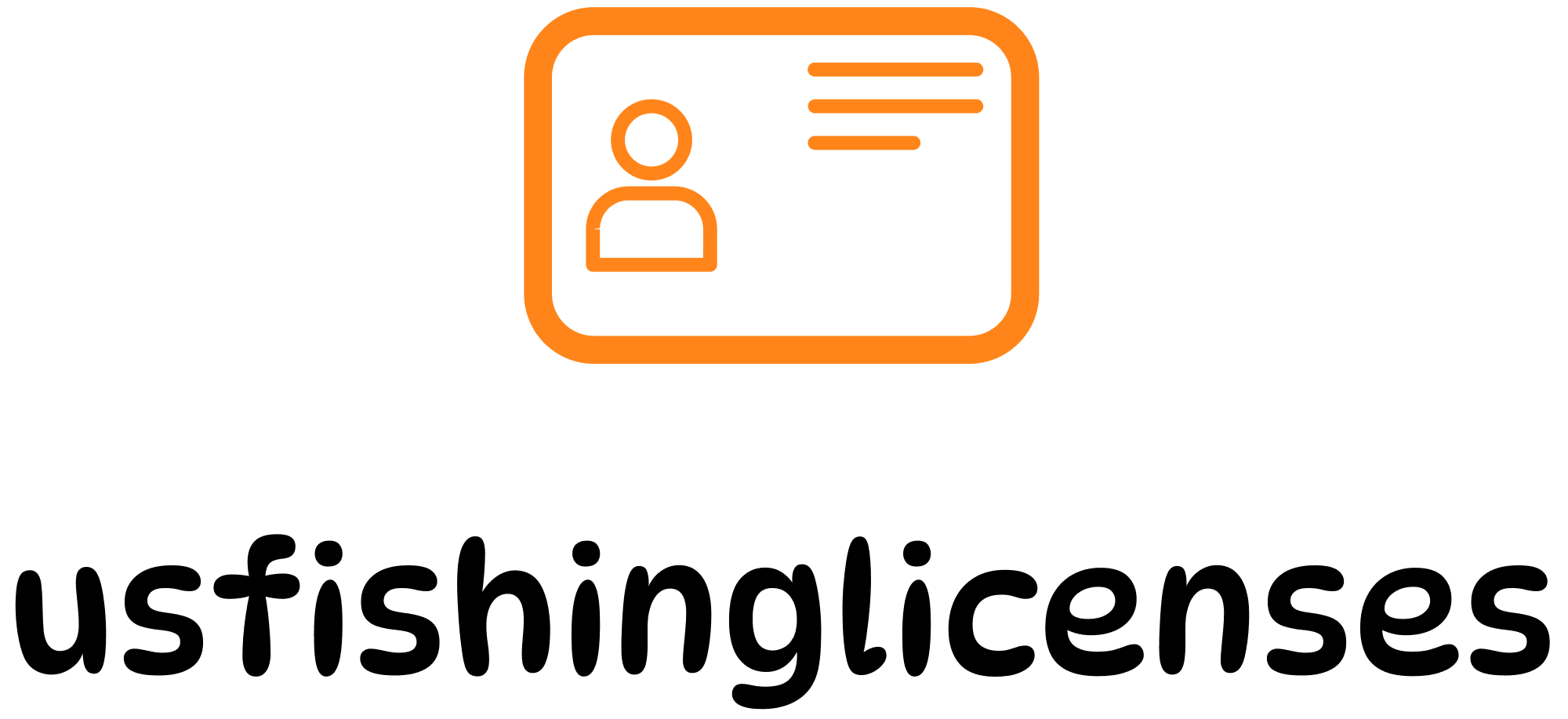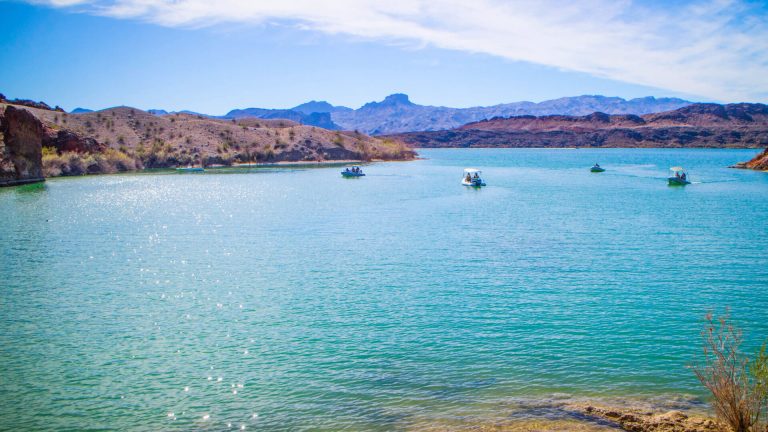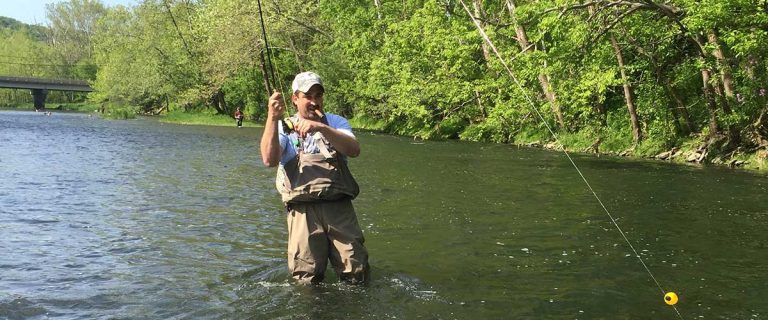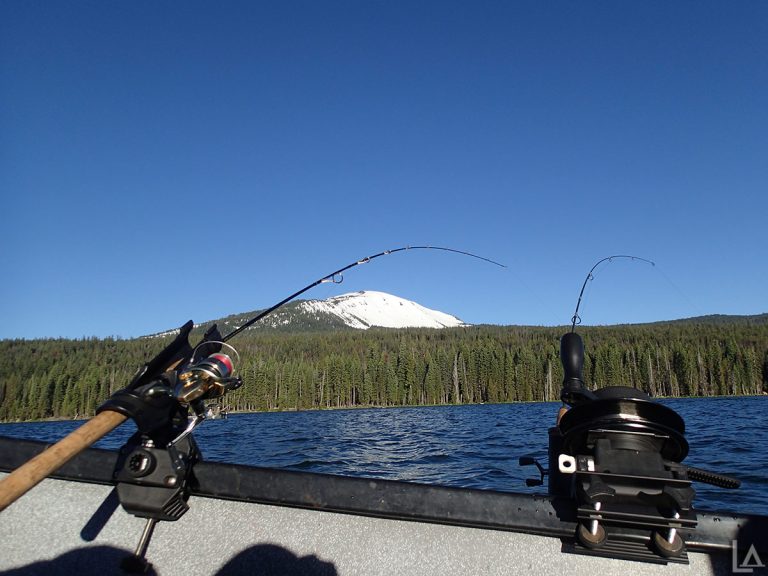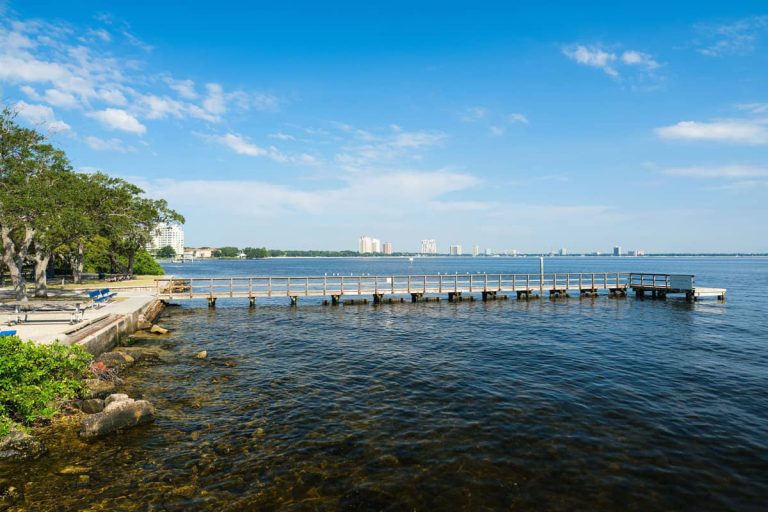Fishing on tribal lands represents a unique intersection of recreational opportunity, sovereign rights, and cultural heritage. For anglers seeking to fish in these waters, understanding the distinct legal framework and permit requirements is essential—both for legal compliance and respecting tribal sovereignty. This comprehensive guide explores everything you need to know about accessing tribal fishing waters, obtaining the proper permits, and navigating the complex interplay between tribal, state, and federal jurisdictions.
Understanding Tribal Sovereignty and Fishing Rights
Tribal nations maintain sovereign control over their waters through a complex system of treaties, court decisions, and federal law. These rights aren’t simply regulatory privileges—they represent fundamental aspects of tribal self-governance and cultural preservation.
Legal Foundations of Tribal Fishing Rights
Tribal fishing rights stem from historical treaties that often explicitly reserved fishing rights even when land was ceded to the United States. Several landmark Supreme Court cases have reinforced these rights:
- United States v. Winans (1905): Established that tribes retained fishing rights at “usual and accustomed places” even after ceding land
- Montana v. United States (1981): Clarified tribal regulatory authority over non-members on tribal lands
- Washington v. Washington State Commercial Passenger Fishing Vessel Association (1979): Confirmed tribes’ rights to “fair share” of fish resources
These precedents reinforce that tribal fishing regulations operate independently from state regulations, creating a parallel regulatory system that anglers must understand and respect.
Why Tribal Waters Have Separate Regulations
Tribal waters maintain distinct regulations for several important reasons:
- Cultural preservation: Fish remain central to many tribes’ cultural practices, ceremonies, and subsistence
- Economic sovereignty: Fishing permit revenues support tribal economic development and conservation efforts
- Resource management: Tribes often implement different conservation approaches based on traditional ecological knowledge
Tribal management differs fundamentally from state management in that it typically integrates cultural values and traditional knowledge alongside scientific assessment. This results in regulations that may prioritize different species, implement unique harvest limits, or restrict certain fishing methods.
Permit Requirements for Tribal Waters
Accessing tribal fishing waters almost always requires specific tribal fishing permits separate from state licenses. Understanding these requirements is essential for legal compliance.
Who Needs Tribal Fishing Permits
Permit requirements vary by tribe but generally follow these patterns:
| Angler Status | Typical Requirement |
|---|---|
| Enrolled tribal member | Typically exempt or reduced-cost tribal permit |
| Non-member spouse/family | Special family permits often available |
| Non-tribal visitors | Full tribal fishing permit required |
| Commercial anglers | Special commercial tribal permits with additional restrictions |
Most tribes require all non-tribal members to obtain tribal fishing permits regardless of whether they possess a state fishing license. A state license alone is insufficient for legal fishing on most tribal waters.
How to Obtain Tribal Fishing Permits
Tribal fishing permits are typically available through:
- Tribal natural resource departments or fish and wildlife offices
- Authorized vendors near reservation boundaries
- Online portals (increasingly common for larger tribes)
- Tribal government offices or visitor centers
For example, Cherokee Nation Enterprise Waters fishing permits can be purchased at the Cherokee Nation website or from authorized local businesses within the reservation. Similarly, the Navajo Nation sells permits through their Fish and Wildlife Department.
For state-specific fishing license information, you can visit US Fishing Licenses which provides details on regulations across different states.
Permit Costs and Options
Tribal fishing permit costs vary significantly but typically follow these general patterns:
| Permit Type | Typical Cost Range | Duration |
|---|---|---|
| Daily | $10-25 | 24 hours |
| Weekly | $25-60 | 7 consecutive days |
| Annual | $50-120 | Calendar or rolling year |
| Special waters | $15-50 surcharge | Varies by location |
Some tribes offer unique permit structures that differ from state licensing models:
- Blackfeet Nation (Montana): Offers three-day ($25) and season ($50) permits with separate rates for catch-and-release vs. harvest fishing
- Southern Ute Tribe (Colorado): Uses a unique stream-specific permit system with different costs for premium waters
- Yakama Nation (Washington): Implements seasonal permit restrictions aligned with traditional harvesting periods
Navigating Distinct Tribal Fishing Regulations
Tribal fishing regulations often differ significantly from state regulations on adjacent waters. Understanding these differences is crucial for responsible angling.
Common Tribal-Specific Regulations
While regulations vary by tribe, several common differences from state regulations include:
- Gear restrictions: Many tribes prohibit certain fishing methods to align with traditional practices
- Catch limits: Often differ from state limits based on tribal management priorities
- Season structures: May follow different opening/closing dates reflecting ceremonial considerations
- Special protected waters: Sacred or culturally significant areas may have additional restrictions
For example, on the Warm Springs Reservation in Oregon, the use of barbed hooks is prohibited in most streams, while on adjacent state waters they may be permitted. The Pyramid Lake Paiute Tribe in Nevada maintains significantly different size limits for Lahontan cutthroat trout compared to Nevada state regulations.
Understanding Regulatory Boundaries
One of the most challenging aspects of tribal fishing is determining exactly where tribal regulations apply. Key considerations include:
- Reservation boundaries: Generally, tribal regulations apply within reservation boundaries
- Treaty fishing areas: Some tribes maintain rights to “usual and accustomed” fishing places outside reservation boundaries
- Shared waters: Lakes or rivers that cross reservation boundaries may have complex jurisdictional arrangements
To avoid unintentional violations, anglers should consult boundary maps provided by tribal natural resource departments. Many tribes now offer smartphone apps or GPS-enabled maps to help visitors understand exactly where tribal regulations apply.
For instance, when fishing in Washington state, you can find critical information about tribal fishing boundaries at the Washington Department of Fish and Wildlife.
Enforcement and Compliance
Tribal fishing regulations are legally enforceable with significant consequences for violations. Understanding the enforcement framework helps anglers avoid costly mistakes.
Tribal Enforcement Authority
Tribes enforce fishing regulations through:
- Tribal game wardens: Have authority to check permits, issue citations, and confiscate equipment
- Tribal courts: Process violations and levy fines within tribal justice systems
- Cross-deputization agreements: In some regions, state and tribal officers may have reciprocal enforcement authority
For example, the Confederated Tribes of the Colville Reservation maintain their own fully-authorized fish and wildlife officers who patrol reservation waters and enforce tribal fishing codes.
Penalties for Violations
Penalties for violating tribal fishing regulations can be substantial:
- Fines: Typically range from $100-$5,000 depending on violation severity
- Permit revocation: Many tribes revoke fishing privileges for serious violations
- Equipment confiscation: Fishing gear, boats, and vehicles used in violations may be seized
- Additional penalties: In cases involving endangered species or ceremonial waters, enhanced penalties may apply
The Confederated Salish and Kootenai Tribes (Montana) publish a detailed schedule of fines for violations, with penalties up to $5,000 for serious offenses like exceeding limits in culturally significant waters.
Building Positive Relationships with Tribal Nations
Beyond legal compliance, anglers should approach tribal waters with cultural awareness and respect. Building positive relationships benefits both tribal communities and the angling public.
Cultural Considerations
When fishing on tribal lands, consider these important cultural perspectives:
- Fishing as cultural practice: For many tribes, fishing represents a spiritual and cultural activity, not merely recreation
- Respect for ceremonial areas: Some waters may have heightened significance during ceremonial seasons
- Tribal conservation values: Management decisions often reflect generations of ecological knowledge
For instance, the Tulalip Tribes (Washington) request visitors respect beach closures during ceremonial harvests, even when such areas might otherwise be open for fishing.
Supporting Tribal Conservation Efforts
Many tribes welcome anglers who engage respectfully with tribal conservation initiatives:
- Participate in catch reporting: Accurate data helps tribes manage resources sustainably
- Volunteer for restoration projects: Many tribes welcome participation in habitat improvement
- Purchase authentic tribal products: Support tribal economies by buying tackle, guides, or accommodations from tribal businesses
The Nez Perce Tribe in Idaho operates an extensive salmon restoration program that has created fishing opportunities for both tribal and non-tribal anglers while advancing conservation goals.
Special Considerations for Popular Tribal Fishing Destinations
Several tribal fishing destinations have gained national recognition for their exceptional opportunities. Understanding their specific requirements helps anglers plan successful trips.
Pyramid Lake (Paiute Tribe, Nevada)
Famous for its trophy Lahontan cutthroat trout, Pyramid Lake operates under unique regulations:
- Permits: Available online through the Pyramid Lake Paiute Tribe website
- Special regulations: Includes designated beach access points and unique terminal tackle requirements
- Season structure: Season typically runs October through June with designated areas
Wind River (Eastern Shoshone and Northern Arapaho, Wyoming)
The joint Wind River Reservation offers outstanding trout fishing with specific requirements:
- Joint management: The reservation is managed by two distinct tribal governments
- Permit requirements: Separate permits needed for certain waters within the reservation
- Special conservation areas: Includes designated catch-and-release sections
For fishing information specific to Wyoming, visit US Fishing Licenses Wyoming page.
Cherokee Trophy Waters (Eastern Band of Cherokee, North Carolina)
The Cherokee maintain some of the most robust trophy trout waters in the eastern United States:
- Enterprise Waters: Heavily stocked sections with special permit requirements
- Trophy sections: Designated areas with size and tackle restrictions
- Tournament opportunities: Regular fishing events for both tribal and non-tribal anglers
Digital Resources and Planning Tools
Modern anglers can access numerous digital resources to help navigate tribal fishing regulations:
- Tribal fishing apps: Many tribes have developed smartphone applications displaying boundaries, regulations, and permit purchasing
- Interactive maps: GIS-based mapping tools showing precise regulatory boundaries
- Online forums: Community discussions about respectful approaches to tribal waters
For example, the Columbia River Inter-Tribal Fish Commission maintains a comprehensive fishing access site map showing designated tribal fishing areas throughout the Columbia River basin.
Conclusion
Fishing on tribal waters offers unique opportunities that reward preparation and cultural respect. By understanding the legal foundations of tribal sovereignty, obtaining proper permits, and respecting tribal regulations, anglers can enjoy these special waters while supporting tribal self-governance and conservation efforts.
Remember that tribal fishing permits represent more than just access fees—they acknowledge the sovereign authority of tribal nations and support indigenous-led conservation. The next time you cast a line in tribal waters, you’re participating in a fishing tradition that often spans thousands of years of continuous practice.
For more information about fishing licenses and regulations across the United States, visit US Fishing Licenses for comprehensive state-by-state guides.
